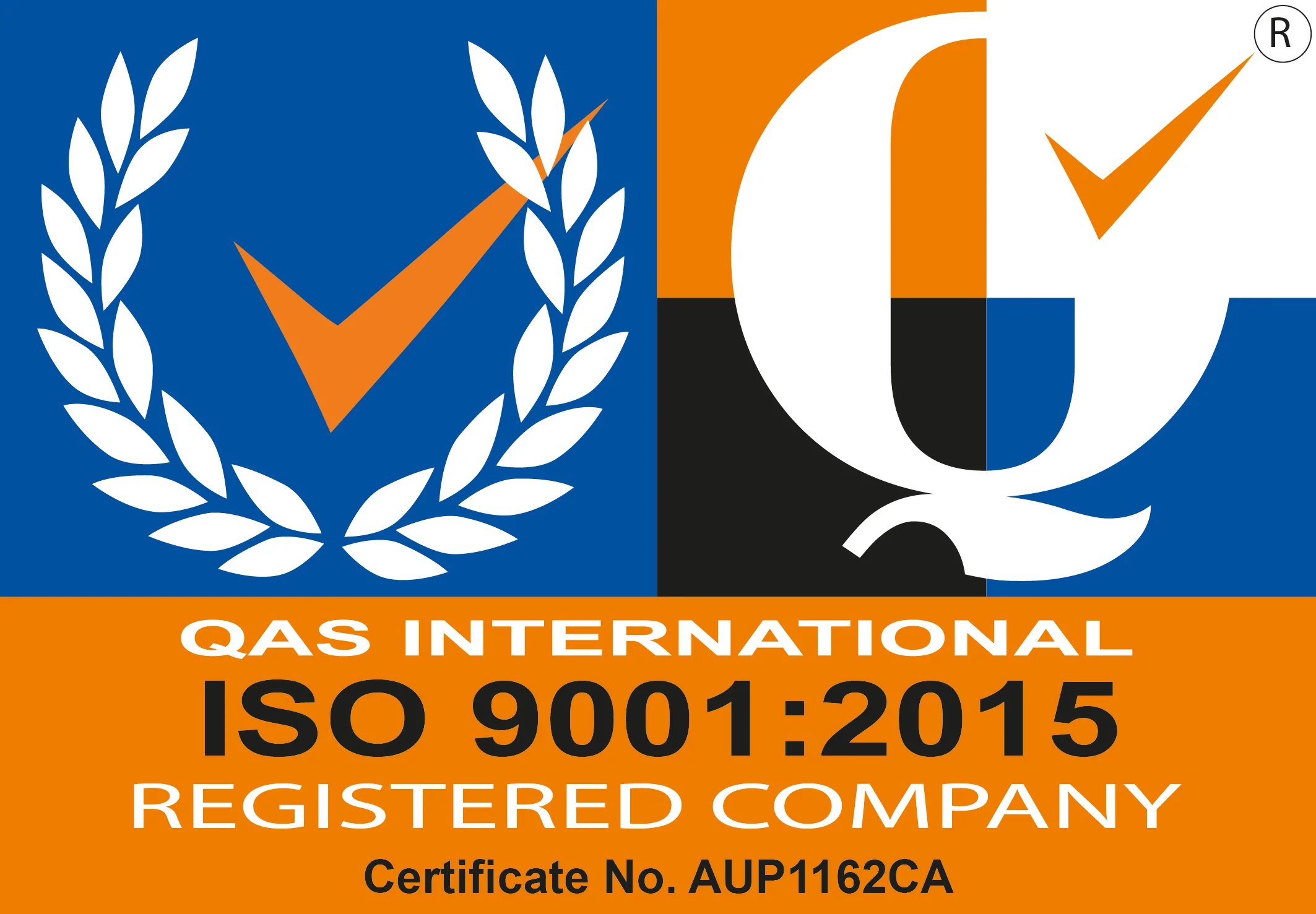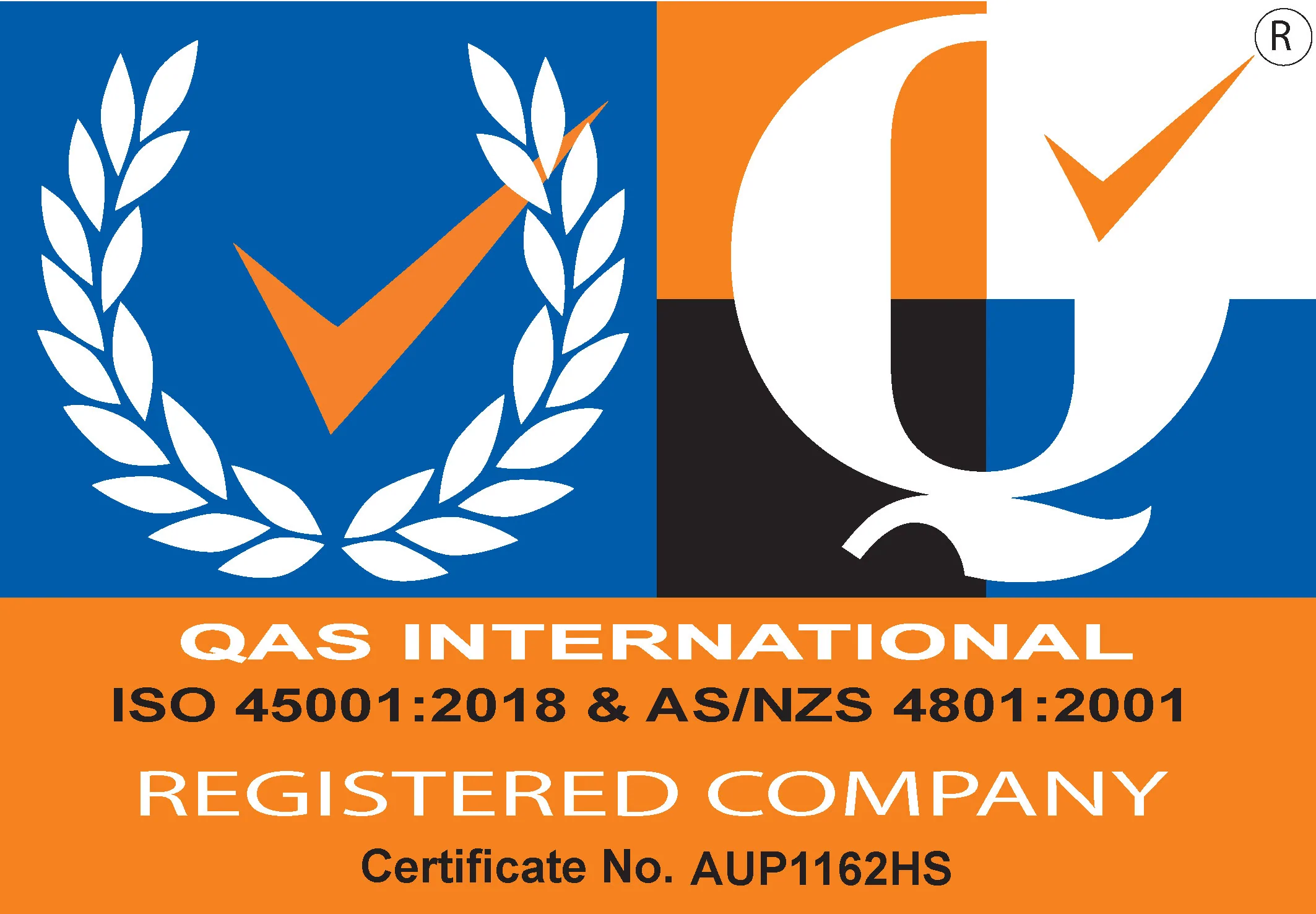Products / Communication Pipe & Fittings / Communication High Density Polyethylene Bore Pipe / 125mm Communication HDPE Bore Poly Pipe Coil
✓ Highly durable and long-lasting pipe
✓ Suitable for underground installation of electrical cables or pipelines
✓ Resistant to UV rays, rust, and corrosion
✓ Does not require thrust blocks due to full axial restraint
✓ Minimal water hammer and excellent abrasion resistance
✓ Long lengths require minimal joins
✓ Easy to install with a wide range of fittings
✓ Weldable
✓ 100+ year asset life
✓ Certified to Australian Standard AS/NZS 4130
Communication bore pipes are an essential component of underground infrastructure for many different types of communication systems. These pipes are typically made of high-density polyethylene (HDPE), which is a highly durable and flexible material that is ideal for underground cable applications. Bore pipes can be customized and installed using directional drilling or trenching methods to ensure minimal disruption to the surrounding environment.
One of the primary advantages of communication bore pipes is that they provide a safe and reliable method for transporting communication signals underground. They are resistant to environmental stress cracking, corrosion, and other types of wear and tear, which ensures consistent signal quality and minimizes the risk of service disruptions. HDPE pipes are also highly flexible and can withstand a significant amount of stress and strain, making them ideal for installations in challenging terrain or over long distances.
Another key benefit of communication bore pipes is their ability to protect communication cables from external factors. These pipes create a protective barrier around the cables, shielding them from damage caused by exposure to water, soil, and other environmental factors. This protection helps to extend the lifespan of communication cables, which can reduce maintenance and replacement costs over time.
Communication bore pipes can be manufactured to meet specific project requirements. They are available in a range of sizes and can be designed to accommodate different requirements, making them a versatile solution for many different types of communication systems.
Communication bore pipes are a reliable and cost-effective solution for transporting communication cables underground. They provide a safe and secure method for transporting communication signals while minimizing disruption to the surrounding environment. The durability and longevity of HDPE pipes ensure reliable service over the long term, making them an excellent investment for any communication system. By choosing communication bore pipes, you can ensure the highest level of performance, durability, and cost-effectiveness for your project.
Nominal Outside Diameter (mm) |
Mean Inside Diameter (mm) |
Min Wall thickness (mm) |
Ovality Max (mm) |
Length (m) |
Weight (kg) |
Coil Dimensions | ||
| Width (mm) | ID (mm) | OD (mm) | ||||||
| 125 | 106.1 | 9.2 | 2.5 | 100 | 342 | 525 | 2000 | 2900 |
* Custom lengths and SDRs available on request.
* Weights are averages for reference.
* Dimensions are approximate and may differ to what is supplied
Pressure Nominal (PN) |
Standard Dimension Ratio (SDR) |
Polyethylene (PE) |
| 12.5 | 13.6 | 100 |
The pressure rating of pipe (PN) is determined by the diameter, wall thickness, and material types and
is expressed as: PN – Pressure pipe rating at 20°C (MPa x 10)
The basic polyethylene (PE) material types used for pipe production are PE63, PE80 and PE100, the number indicating long term strength.
The term SDR, Standard Dimension Ration, is introduced to describe the pipe, in combination with the material type.
SDR = Min. OD/Min. Wall Thickness
The higher the SDR, the thinner the pipe, and the lower the pressure rating. AS/NZS 4130 uses a standard SDR series, in combination with the three material types, to provide standard pipe pressure ratings as shown in the table. The field conditions under which poly pipe is welded have a considerable effect on the strength of the joint. Any contamination of the weld, whether it be oxidised polyethylene, water, dust, oils etc can ruin joints.
Strong and Durable, the pipes are manufactured from PE-100 polyethylene resin, pre-compounded with black or coloured pigment. Anti-oxidants used in the compounding process inhibit oxidisation while the use of carbon black at a concentration of 2.25 ± 0.25% by mass ensures ultra violet radiation is absorbed.
Physical Properties of Polyethylene |
|
| PE material type | PE100 |
| MRS (50 year) | 10MPa |
| Flexural yield strength | 32MPa |
| Circumferential flexural modulus (3 minutes) | 950MPa |
| Circumferential flexural creep modulus (50 year) | 260MPa |
| Density Tensile yield stress (50mm/min) | 955kg/m3 25MPa |
| Tensile yield strain (50mm/min) | 10% |
| Tensile modulus | 900MPa |
| Poisson’s ratio Thermal expansion coefficient | 0.4 1.8 x 104 /°C |
| Thermal conductivity | 0.38W/m.K |
| Durometer hardness (ASTMD2240) | 63 Shore D |
It is important to be aware of the thermal properties of polyethylene pipe, especially when used in conjunction with steel. This is because polyethylene, by nature of its material properties, expands and contracts with temperature change much more than steel.
At ambient levels, polyethylene will expand or contract in the range of 1.2 to 2.4 x 10-4 per degree C, which is approximately 20 times the rate of steel. If restrained by a steel support structure, expansion will be restricted and stress will occur over time. This will reduce the pipe’s useable life.
A safe level of stress can be maintained when the ambient temperature fluctuation is less than 40°C, due to polyethylene’s relatively low tensile deformation modulus. Over time, the rigidity of the polyethylene will relax, enabling it to accommodate higher thermal strains.
Conductivity of polyethylene also varies with temperature, almost linearly and typically 0.47W/m L at 0°C to 0.37W/m K at 70°C. The heat of polyethylene will vary with temperature from 1800 Joules/kg.K at 0°C to 2200J/kg.K at 60°C.
At temperatures above 25°C, it is essential to reiterate polyethylene pressure pipe systems.
See below table for guidance on the maximum operating pressure of PE100 pipes at temperature. Note, at constant temperatures greater than 40°C, the pipe’s 50 year design life may be reduced.
Maximum Allowable Operating Pressure – PE100 |
|||
| Temp oC | Min Life (yr) | Design Factor | PN12.5 SDR 13.6 |
| 20 | 100 | 1 | 127 |
| 25 | 100 | 1.1 | 115 |
| 30 | 100 | 1.1 | 115 |
| 35 | 50 | 1.2 | 106 |
| 40 | 50 | 1.2 | 106 |
| 45 | 35 | 1.3 | 99 |
| 50 | 22 | 1.4 | 91 |
| 55 | 15 | 1.4 | 91 |
| 60 | 7 | 1.5 | 85 |
| 80 | 1 | 2 | 63 |
NOTE: Testing has shown that the potential minimal usable life of polyethylene
pipe meets standards for maximum pipe life set by ISO9080.
AS/NZS 4130
Product |
Product Description |
Product Code |
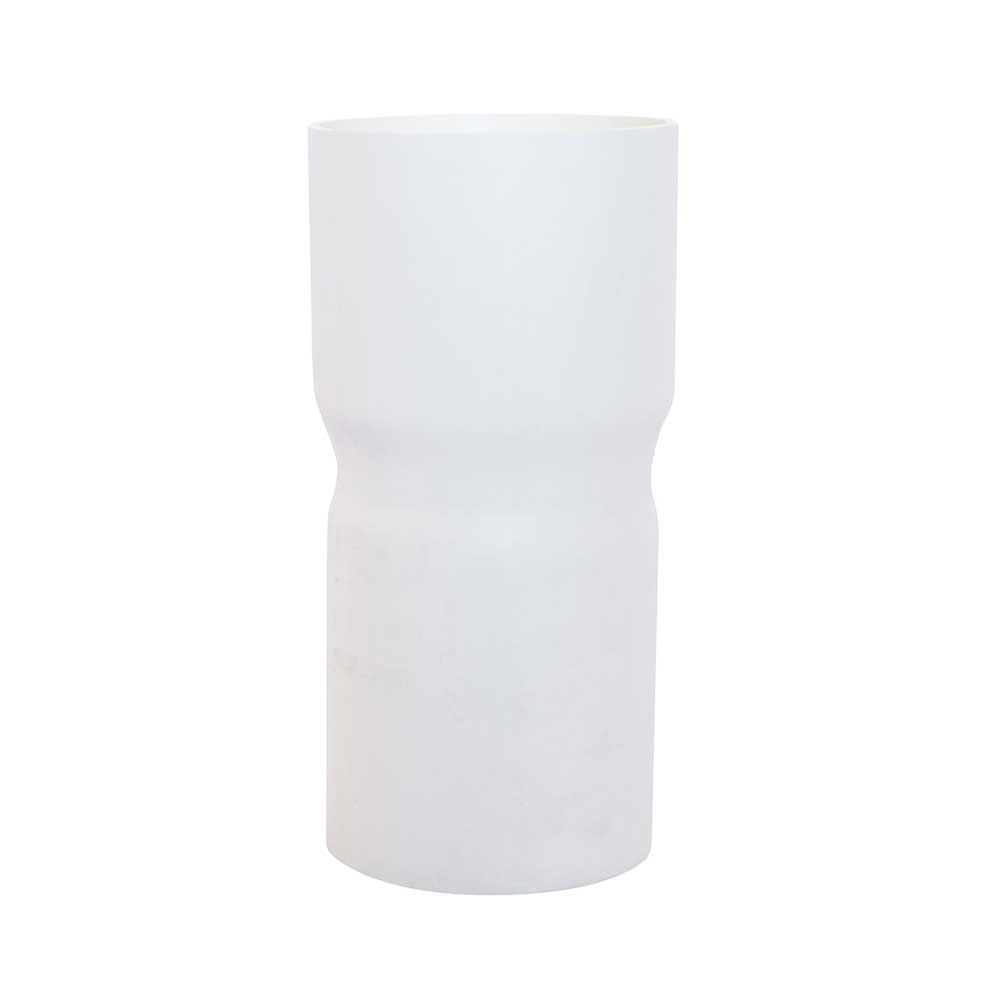 |
Communication PVC White Conduit Coupling Adaptor 125mm PE To 100mm PVC |
COMADP125PE100 |
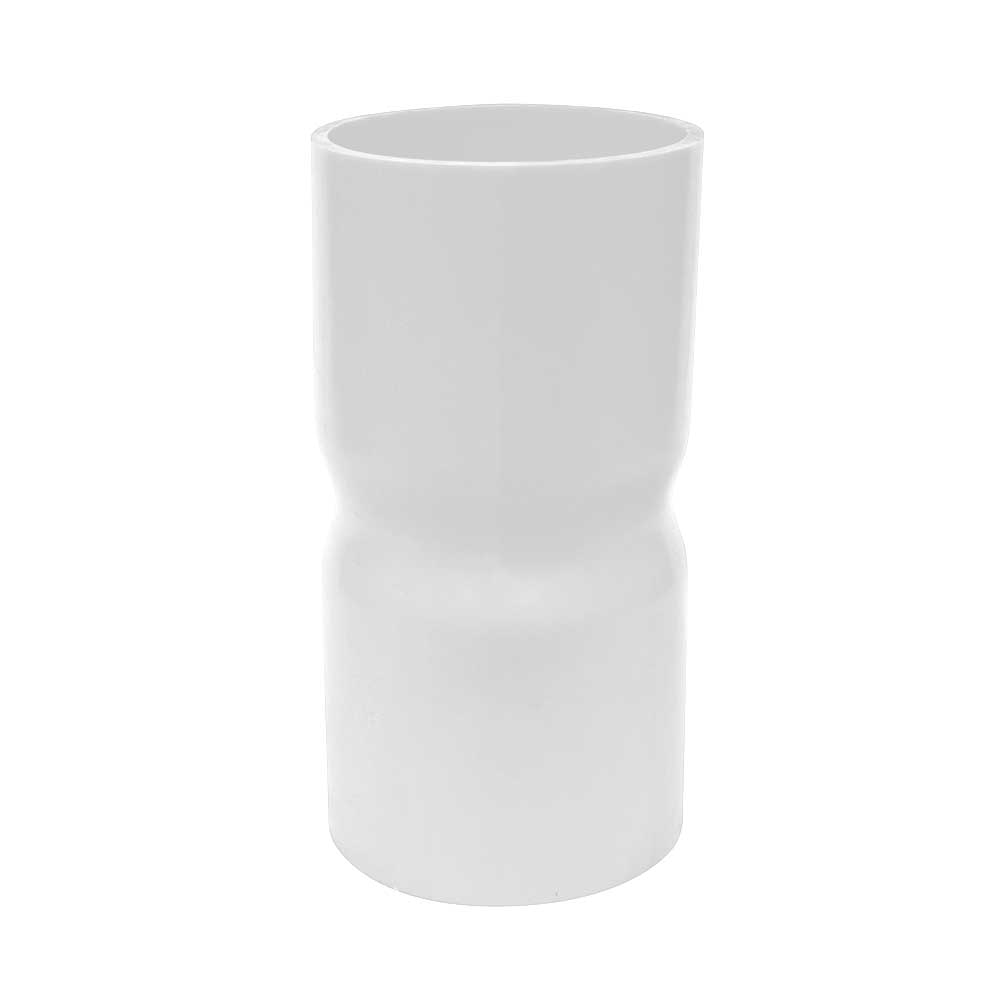 |
Communication PVC White Conduit Coupling Bore 125mm To 125mm |
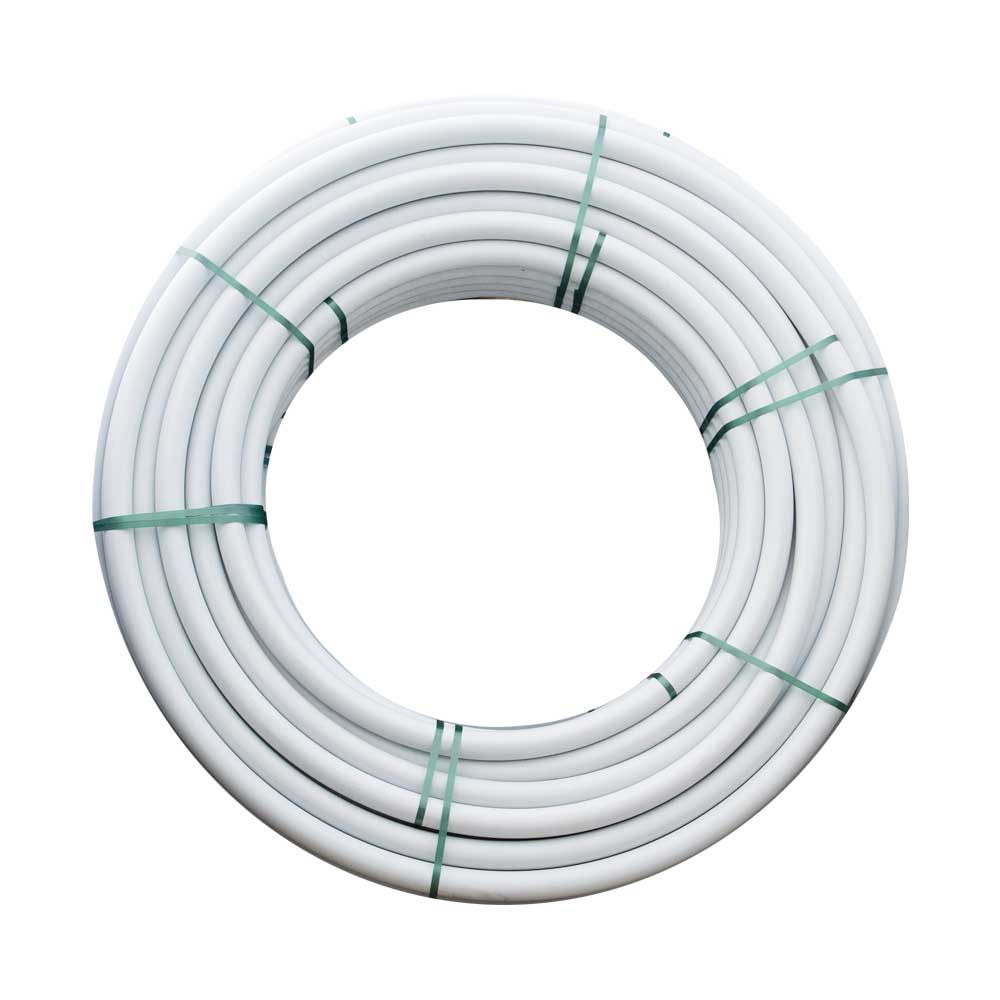
366/368 Settlement Road
Thomastown Vic 3074 Australia
Ph: (03) 9464 1655
sales@convicaustralia.com.au

